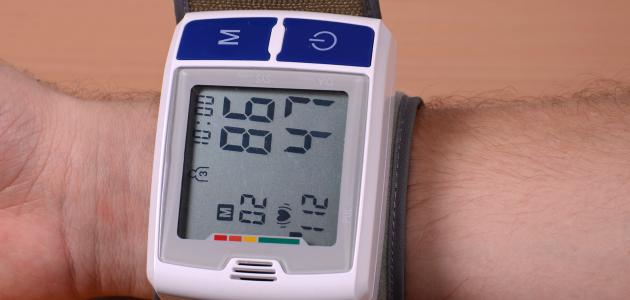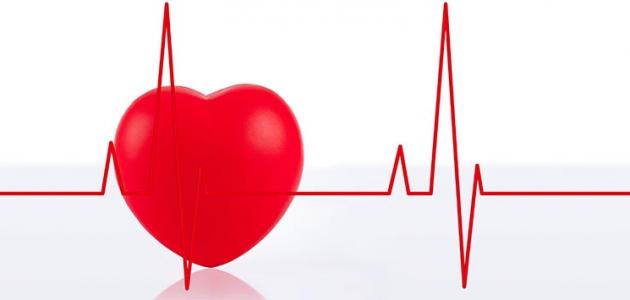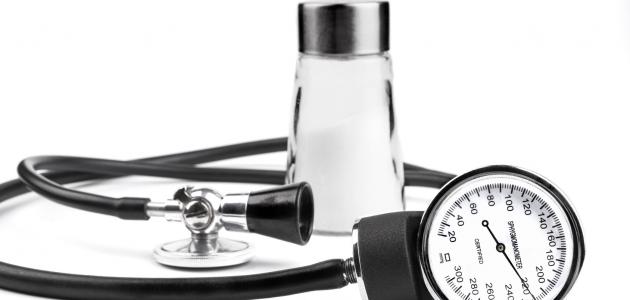Types of pressure
There are two main types of high blood pressure, in addition to that there are other types that can be identified through diagnosis depending on certain characteristics, and among these types we mention the following: [1] [2]
- Essential hypertension: The patient is diagnosed with a doctor who has a blood pressure reading of three times or more without any known cause, and usually there are no symptoms indicating high blood pressure, but the patient may suffer from frequent headache, fatigue, dizziness, or nosebleeds And although the cause of high blood pressure is unknown, researchers have found that some factors may play a role in the occurrence of hypertension, including: obesity, smoking, alcohol consumption, diet, and genetics.
- Secondary hypertension: An imbalance in the arteries that deliver blood to the kidneys is one of the most common causes of secondary hypertension, and among other causes. Blockage of the airway during sleep, diseases and tumors of the adrenal gland, hormonal disorders, thyroid gland diseases, excessive salt and alcohol intake, and it is worth noting that there are a group of drugs that may lead to high blood pressure, such as: ibuprofen , and pseudoephedrine , and fortunately, if the cause of high blood pressure is known, it can be controlled.
- Isolated systolic hypertension: a blood pressure reading is expressed in two numbers, the numerator expresses a systolic blood pressure reading , and the denominator expresses a diastolic blood pressure reading, and a normal blood pressure reading is less than 120 / 80, and isolated systolic hypertension occurs when systolic blood pressure is more than 140, while the diastolic blood pressure reading remains normal, or less than 90, and this type usually affects people over the age of 65 years.
- Malignant hypertension: This type occurs in 1% of people with high blood pressure, and is more common in younger adults, men of African descent, and women suffering from preeclampsia, as the blood pressure in this type rises very quickly. Diastolic blood pressure is more than 130, and it is considered an emergency that must be treated in hospital, and it should be noted that there is a group of symptoms associated with this type, including: headache, numbness of the hands and feet, blurred vision, confusion, and a feeling of chest pain.
- Resistant hypertension: It occurs when the patient does not respond to three types of pressure medications , as this type constitutes 20-30% of cases of high blood pressure.
Risk factors
There are a number of factors that increase the chance of developing high blood pressure, including the following: [3] [4]
- Age: High blood pressure is more common in people over the age of 60 years, as with increasing age the arteries become stiffer and narrow, which increases blood pressure.
- Ethnicity: Certain ethnic groups are more likely than others to develop high blood pressure.
- Weight: Being overweight or obese is a major factor in developing high blood pressure.
- Smoking and alcohol consumption: Consuming large amounts of alcohol or smoking on a regular basis may increase blood pressure.
- Gender: Men are more likely to have high blood pressure at young ages, while women are at higher risk of developing hypertension.
- Hygienic conditions: may cause some diseases. Heart disease , diabetes, chronic kidney disease, high cholesterol and high blood pressure, especially with age.
- Other factors: There are also more factors that contribute to a person having high blood pressure, including:
- Laziness and lack of physical activity.
- Eat more salty foods.
- Stress.
- Family history of blood pressure.
Diagnose high blood pressure
The doctor diagnoses high blood pressure by measuring pressure with an inflatable cuff that is placed around the arm, then measuring blood pressure using the meter, and the pressure readings obtained are classified into four main categories, namely: [5] [6]
- Normal blood pressure: It is considered normal if the reading is less than 120/80 mm Hg.
- High blood pressure: blood pressure is considered high if the systolic blood pressure reading is between 120-129 mm Hg, and the diastolic blood pressure reading is less than 80 mm Hg.
- The first stage of hypertension: the systolic blood pressure reading at this stage ranges between 130-139 mm Hg, or the diastolic blood pressure reading ranges between 80-89 mm Hg.
- The second stage of hypertension: which is considered more dangerous than the first, as the systolic blood pressure reading is 140 mm Hg or more, or the diastolic blood pressure reading is 90 mm Hg or more.
References
- ↑ Chris Iliades, MD, "Different Types of Hypertension" , www.everydayhealth.com , Retrieved 4-29-2019. Edited.
- ↑ "Types" , Stanfordhealthcare.org , Retrieved 20-5-2019. Edited.
- ↑ Markus MacGill, "Everything you need to know about hypertension" , www.medicalnewstoday.com , Retrieved 4-29-2019. Edited.
- ↑ "Causes of High Blood Pressure" , www.webmd.com , Retrieved 20-5-2019. Edited.
- ↑ "High blood pressure (hypertension)" , www.mayoclinic.org , Retrieved 4-29-2019. Edited.
- ↑ "High Blood Pressure" , www.heart.org , Retrieved 20-5-2019. Edited.




